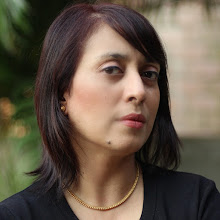1
Architecture is a performance and the site is a three dimensional stage that the building must reach out and touch all parts of it – in other words, don’t think of the site as flat ‘pancake’ like graphic image – it is a three dimensional void – and it cannot be filled merely with a convention plan stacked on top of plan – especially because the building is of an intimate scale – so think of creative strategies through which your building can occupy this three dimensional void
The narrative for the project will prompt you about the parti of the building, which will inform how and the extent to which the groups of activities – Display (galleries and shop); Administration (storage, office) and Living are connected
2
This building will have an inner and an outer life – in other words, you not only have to deal with light and interiority (recall Project 2) but you also have an obligation towards providing a public ‘face’ to the building because it is in Newtown – so think of how your building reinforces or breaks the existing urban rhythm – think of the impact (positive or negative) your building will have on the urban environment – Thereby considering the project as consisting of two mini-projects – one about the interior/light/circulation and the other about a visual/tactile/ habitable threshold (surface).
3
This project is still about light and interiority – Hence when studying Art Galleries (and I hope that you are), you must understand the different lighting conditions for paintings, sculptures and photographs
Paintings may require diffused light and avoidance of direct/focussed light
Sculptures are three dimensional objects and they may need focussed light to appreciate its three dimensional form?
Photos may require another kind of light condition – a lighting that simulates the intense light and shade of the medium?
Circulation passages can have more directional light – like “light at the end of the tunnel” or a “pattern of lights to guide movement”
Similarly the workshop, office, bedsit and living may require different light conditions (overexposed? In contrast to the art works)
